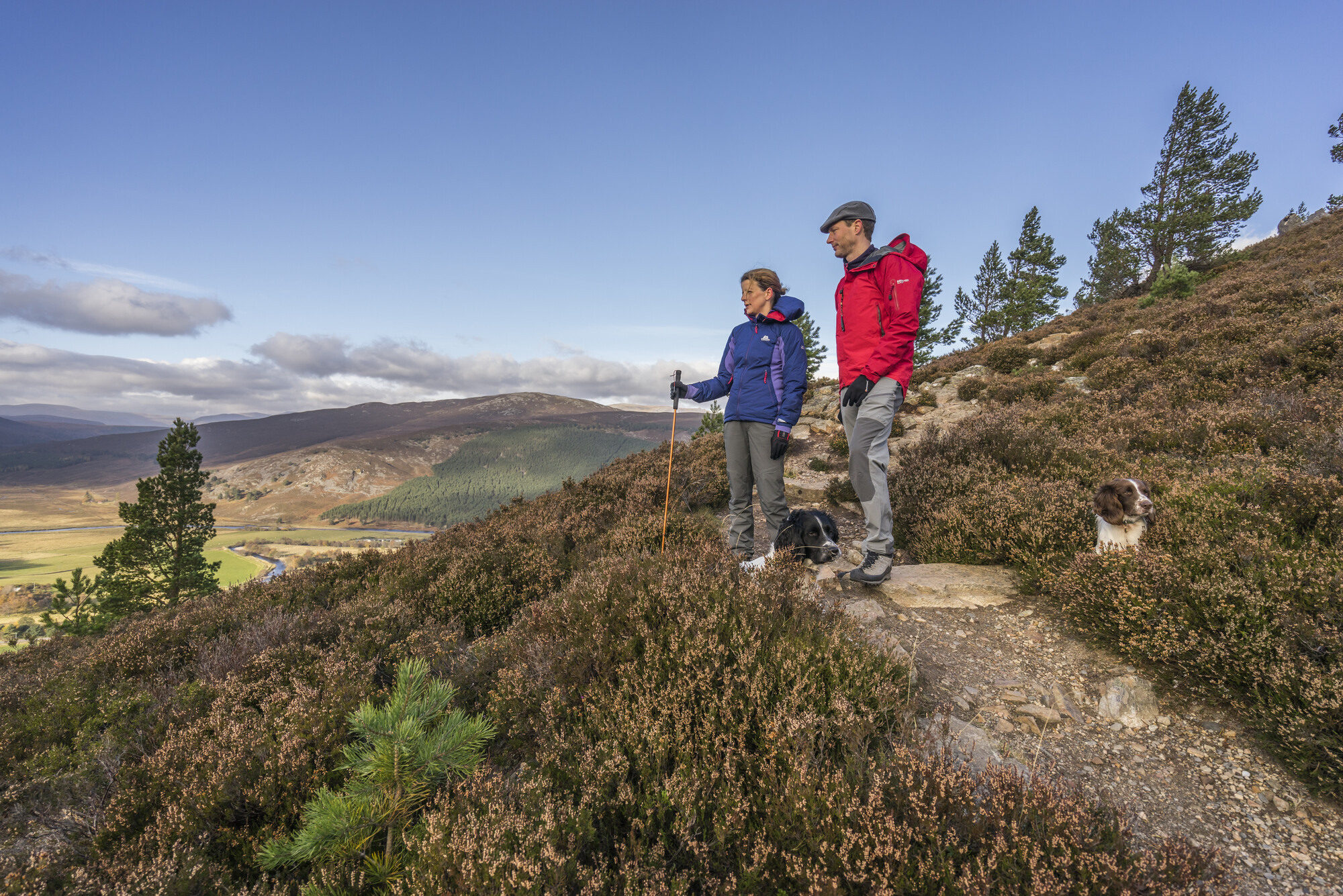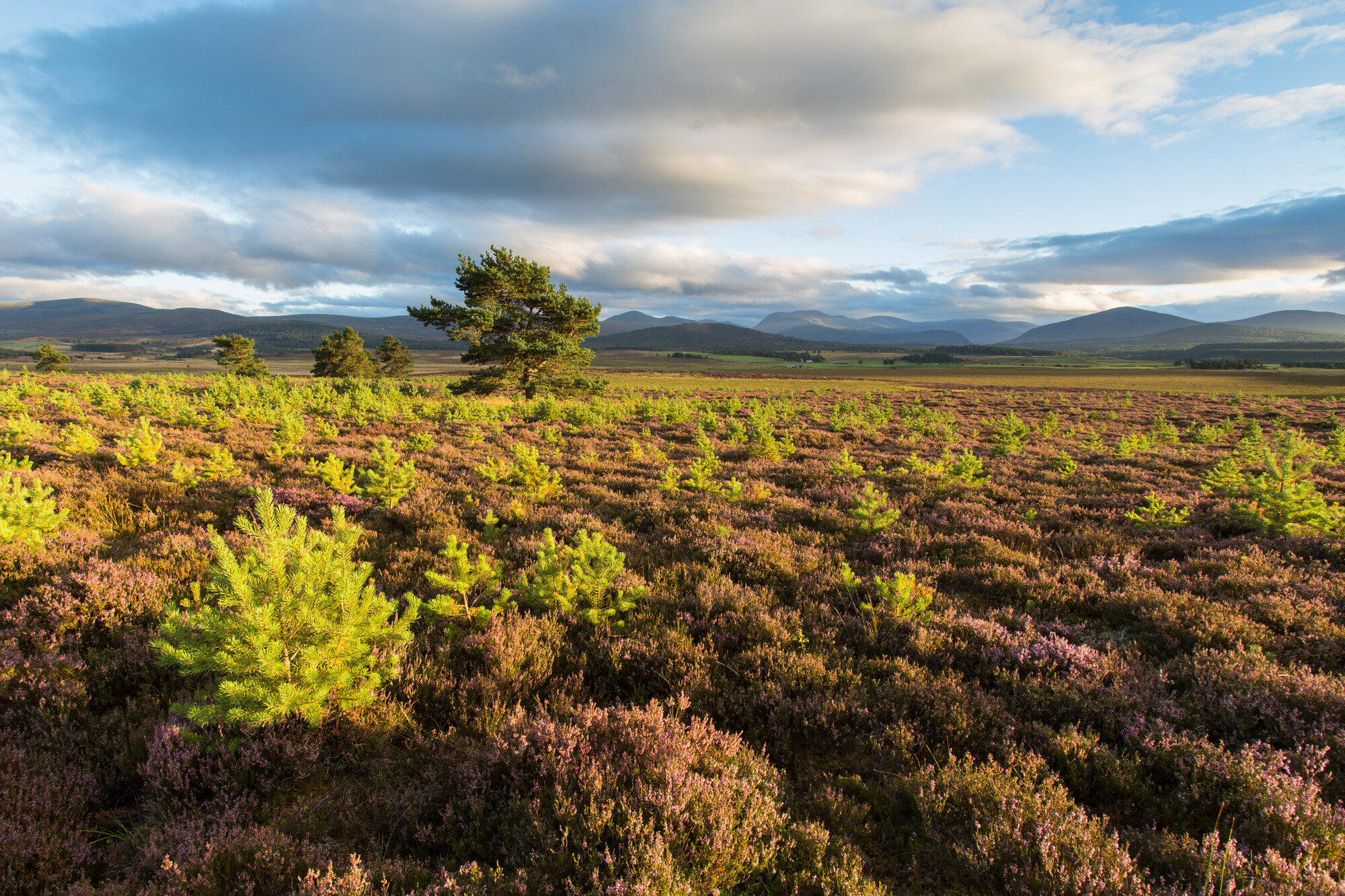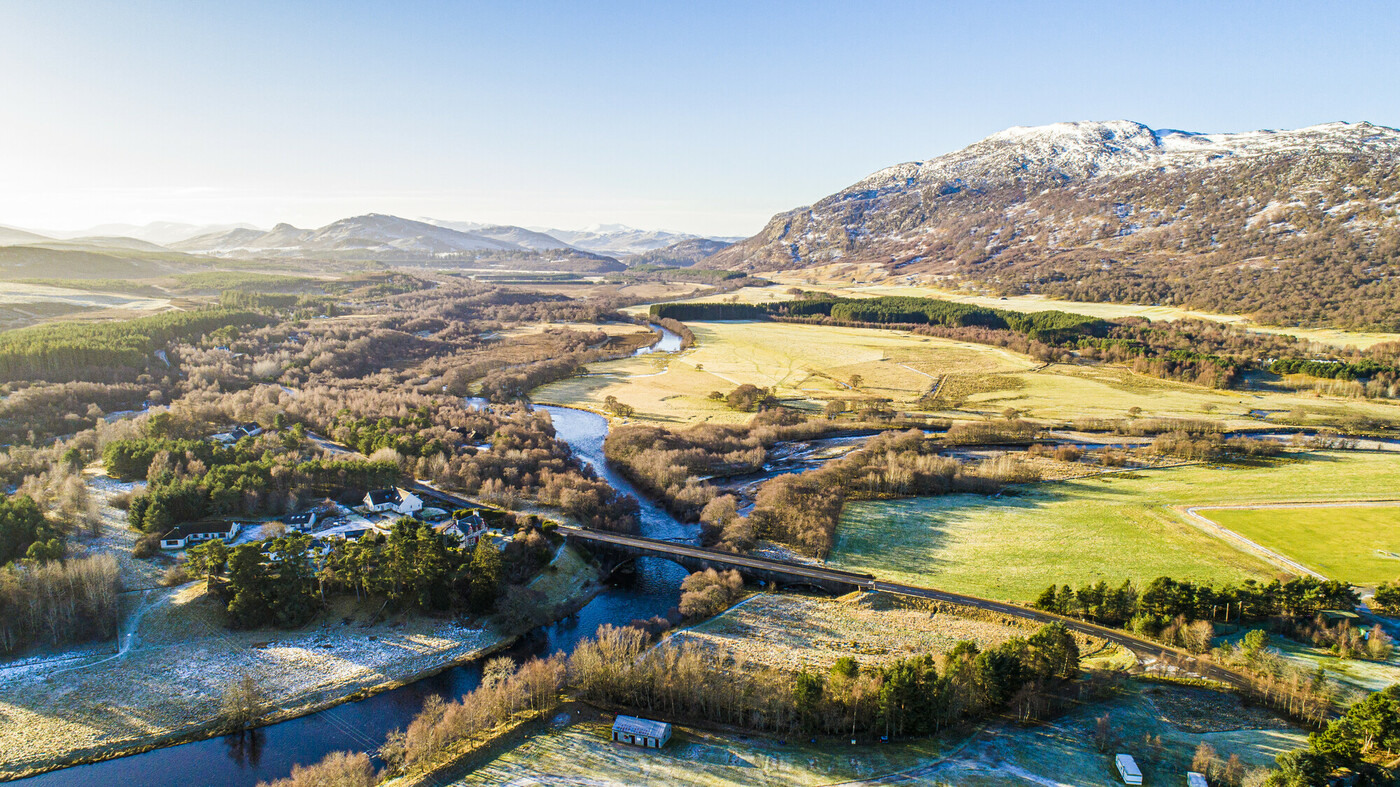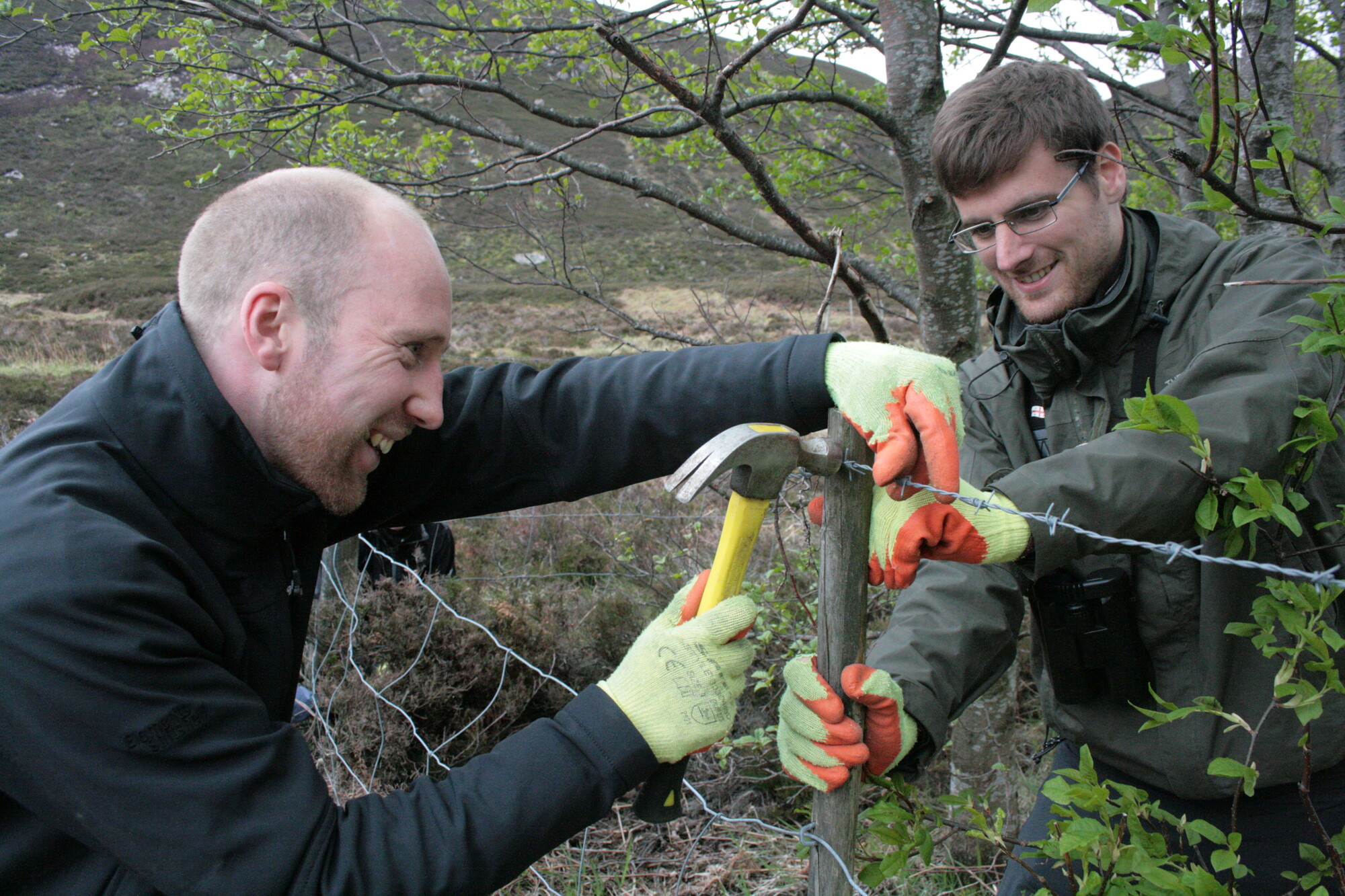Slugain Burn outline design summary report
Slugain Burn River Restoration Non-Technical Summary Report
Draft
June 2025
Prepared for: The Highland Council
www.jbaconsulting.com
JBA consulting
Document Status Issue date 27/06/2025 Issued to The Highland Council BIM reference PQZ-JBA-XX-XX-RP-EN-0001-S3-P01- Non_Technical_Summary Revision P01
Prepared by Jenny Perratt BA, MSc Assistant Geomorphologist
Reviewed by Alice Gent BSc MCIWEM C.WEM CEnv Principal Geomorphologist Steven Thomson BSc (Hons) MSc CEng MICE, Principal Engineer
Authorised by Douglas Scoular MEng Project Manager
Carbon Footprint The format of this report is optimised for reading digitally in pdf format. Paper consumption produces substantial carbon emissions and other environmental impacts through the extraction, production and transportation of paper. Printing also generates emissions and impacts from the manufacture of printers and inks and from the energy used to power a printer. Please consider the environment before printing.
PQZ-JBA-XX-XX-RP-EN-0001-S3-P01-Non_Technical_Summary ii JBA
consulting
JBA consulting Contract JBA Project Manager Douglas Scoular Address Unit 2.1, Quantum Court, Research Avenue South, Heriot Watt Research Park, Riccarton, Edinburgh, EH14 4AP JBA Project Code 2025s0598
This report describes work commissioned by the Highland Council, by an instruction dated 11 April 2025. The Client’s representative for the contract was Simon Farrow of the Highland Council. Jenny Perratt and Klaudia Mularska of JBA Consulting carried out this work.
Purpose and Disclaimer Jeremy Benn Associates Limited (“JBA”) has prepared this Report for the sole use of the Highland Council and its appointed agents in accordance with the Agreement under which our services were performed.
JBA has no liability for any use that is made of this Report except to the Highland Council for the purposes for which it was originally commissioned and prepared.
No other warranty, expressed or implied, is made as to the professional advice included in this Report or any other services provided by JBA. This Report cannot be relied upon by any other party without the prior and express written agreement of JBA.
The conclusions and recommendations contained in this Report are based upon information provided by others and upon the assumption that all relevant information has been provided by those parties from whom it has been requested and that such information is accurate. Information obtained by JBA has not been independently verified by JBA, unless otherwise stated in the Report.
The methodology adopted and the sources of information used by JBA in providing its services are outlined in this Report. The work described in this Report was undertaken between April and June 2025 and is based on the conditions encountered and the information available during the said period. The scope of this Report and the services are accordingly factually limited by these circumstances.
Where assessments of works or costs identified in this Report are made, such assessments are based upon the information available at the time and where appropriate are subject to further investigations or information which may become available.
JBA disclaims any undertaking or obligation to advise any person of any change in any matter affecting the Report, which may come or be brought to JBA’s attention after the date of the Report.
Certain statements made in the Report that are not historical facts may constitute estimates, projections or other forward-looking statements and even though they are based
PQZ-JBA-XX-XX-RP-EN-0001-S3-P01-Non_Technical_Summary iii
JBA consulting on reasonable assumptions as of the date of the Report, such forward-looking statements by their nature involve risks and uncertainties that could cause actual results to differ materially from the results predicted. JBA specifically does not guarantee or warrant any estimates or projections contained in this Report.
Unless otherwise stated in this Report, the assessments made assume that the sites and facilities will continue to be used for their current purpose without significant changes.
Where field investigations are carried out, these have been restricted to a level of detail required to meet the stated objectives of the services. The results of any measurements taken may vary spatially or with time and further confirmatory measurements should be made after any significant delay in issuing this Report.
Copyright Jeremy Benn Associates Limited 2025
PQZ-JBA-XX-XX-RP-EN-0001-S3-P01-Non_Technical_Summary iv
Contents Executive Summary vii 1 Introduction 1 1.1 Project overview 1 2 Background 3 2.1 Project area 3 2.2 Work completed to date 5 3 Design Principles 5 3.1 Design overview 5 3.2 Proposed Vehicular Crossing Construction 6 3.3 Rationale for design change from feasibility study 6 3.4 Hydraulic Modelling 7 4 Conclusion 7
PQZ-JBA-XX-XX-RP-EN-0001-S3-P01-Non_Technical_Summary V JBA consulting
List of Figures Figure 2 – 1 Project area 4
Abbreviations OS NGR Ordnance Survey National Grid Reference WFD Water Framework Directive SAC Special Area of Conservation SPA Special Protection Area SSSI Site of Special Scientific Interest
PQZ-JBA-XX-XX-RP-EN-0001-S3-P01-Non_Technical_Summary vi JBA consulting
JBA consulting Executive Summary This report provides a non-technical summary for the outline design of the Slugain Burn restoration project, commissioned by The Highland Council. The project aims to realign 1km of the Slugain Burn, a tributary of the River Dulnain, along a more natural morphology and replace a vehicular bridge over the Slugain Burn with a new crossing that has the capacity to convey flood flows and sediment load in order to maintain access during storm events and reduce maintenance. The proposed bridge will also deliver additional benefits including improved access for the local community, biodiversity and habitat quality whilst restoring natural river and floodplain processes.
PQZ-JBA-XX-XX-RP-EN-0001-S3-P01-Non_Technical_Summary vii
1 Introduction 1.1 Project overview 1.1.1 Overall vision for the design JBA consulting Water flow along the Slugain Burn is constrained by embankments, historic straightening of the channel, and a vehicular bridge. This has led to increasingly frequent flooding across the floodplain, extensive maintenance requirements, and poor ecological and geomorphological health of the watercourse and riparian corridor. To reduce flood risk and deliver additional benefits, the Highland Council propose to realign the burn along a more natural, sinuous, and longer morphology which in addition will replace the existing vehicle bridge which has reached the end of its design life.
JBA Consulting were commissioned by the Highland Council to develop an outline design for this work, building upon a previous feasibility study and options assessment. The aim of the design is to reduce flood risk, restore natural processes, alleviate floodplain disconnection, and reduce maintenance requirements on the Slugain Burn and Dalnahaitnach floodplain.
This report provides a non-technical summary of the outline design which has been developed for the works proposed.
1.1.2 Project objectives Based on the existing issues, the primary objective of the Slugain Burn project as described in the scope is to restore a poorly functioning watercourse whilst improving access via watercourse crossing that does not restrict the burn during floods.
Secondary objectives include the following: • Reduce future maintenance requirements of the burn • Restore natural geomorphological processes of the burn and floodplain • Increase and improve habitats in the burn and on the floodplain • Improve public access and parking near the burn
The design aims to achieve these objectives by: • Realigning the Slugain Burn to follow a longer and more sinuous path • Relocating and redesigning the vehicle bridge to minimise obstruction to water flow • Infilling the existing channel • Creating and encouraging the growth of habitats in the watercourse and on the floodplain • Redesigning public access and parking • Using minimal intervention and Natural Flood Management where feasible. PQZ-JBA-XX-XX-RP-EN-0001-S3-P01-Non_Technical_Summary 1
JBA consulting The Slugain Burn project is partly funded by the National Lottery Heritage Fund (NLHF). The project is part of the Cairngorms National Park Authority’s Cairngorms 2030 programme, which aims to empower communities, improve transport, restore and enhance landscapes, and improve health and wellbeing.
PQZ-JBA-XX-XX-RP-EN-0001-S3-P01-Non_Technical_Summary 2
2 Background 2.1 Project area JBA consulting Slugain Burn is a tributary of the River Dulnain, in the Spey catchment. The Slugain Burn overall is approximately 4km long. The reach of the Slugain Burn within the project area starts approximately 100m upstream of a vehicle bridge at Ordnance Survey National Grid Reference (OS NGR) NH 85603 20002. The project area extends northeast along the proposed relocated channel for the burn and finishes approximately 1.5km to the northeast at the confluence of the proposed channel with the River Dulnain at OS NGR NH 86526 21077.
PQZ-JBA-XX-XX-RP-EN-0001-S3-P01-Non_Technical_Summary 3
N Inverness Allt an Aonaich River Dulnain 0 200 400 600 m CAIRNGORMS NATIONAL PARK Proposed vehicle bridge New channel to be excavated for Slugain Bun Current channel for Slugain Burn Drainage ditch River Dulnain Contains OS data Crown copyright and database right (2025)
Figure 2 – 1 Project area PQZ-JBA-XX-XX-RP-EN-0001-S3-P01-Non_Technical_Summary 4 JBA consulting
JBA consulting 2.2 Work completed to date The Highland Council previously commissioned cbec eco-engineering UK Ltd to undertake a feasibility study and options appraisal for the restoration of the Slugain Burn, and commissioned Moxon architects to develop a conceptual design of a replacement bridge. The Highland Council have selected an option to be taken forward to Outline and Detailed Design stages. This option would involve the following actions: • Realign a section of the Slugain Burn upstream of the existing vehicle bridge, along a new channel to the east, to eventually converge with an existing drainage ditch • Relocate the vehicle bridge to span the new channel • Naturalise the new channel and the existing ditch that will convey the Slugain Burn • Remove embankments, the existing highway bridge and infill the existing channel, downstream of the diversion point • Enhance habitats in the channel and floodplain JBA have been commissioned by the Highland Council to develop an outline design and detailed design for the chosen option. 3 Design Principles 3.1 Design overview This project uses a ‘process-based’ approach to understand the current natural processes and conditions of the watercourse, in order to develop the design of a vehicular crossing which does not restrict flood flows whilst producing a design that is resilient to climate change. The design principles for restoring the burn involve mimicking the upstream approach channel by establishing step-pool features following a similar channel gradient. Once within the much flatter River Dulnain floodplain the aspiration is to create a ‘Stage 0’ approach — a concept which encourages connectivity of flows with the floodplain, to address the straightening and overdeepening of the channel as result of human modifications to the landscape. This approach involves minimal intervention and encourages the river to naturally evolve itself so that the restoration takes a more ‘natural’ approach for natural geomorphological and ecological processes along the burn. This approach improves habitat diversity in the watercourse and on the floodplains and encourages the watercourse to restore itself to minimise requirements for long-term management. The design splits the proposed course of the realigned Slugain Burn into three distinct reaches: • Starting at the upstream end, to overcome the steep gradient whilst improving the biodiversity of the channel the first reach consists of a step-pool system within a two-stage channel. The reach will end downstream of the proposed vehicle
PQZ-JBA-XX-XX-RP-EN-0001-S3-P01-Non_Technical_Summary 5
JBA consulting 3.2 • bridge, where the gradient slackens onto the wider River Dulnain floodplain. This reach runs along a newly excavated channel alignment. • The second reach continues along the newly excavated channel Icoated along the southern edge of the River Dulnain Floodplain. The typology along this reach is a pool-riffle system. This new channel then converges with an existing drainage ditch so that the burn is steered towards this watercourse to discharge into the River Dulnain. • The third reach is along this ditch, where a stage zero restoration will be encouraged, until the ditch converges with the River Dulnain. Proposed Vehicular Crossing Construction Two main options were considered for the river crossing: portal frame bridge and box culvert. While a bridge capable of spanning the 1:200yr+cc flood event is a preferable option in terms of minimising the environmental impact it is likely to prove cost prohibitive. Instead the span of the crossing is to be reduced to allow a 1:2year flood event to pass through unimpeded. Storm events larger than this will come into contact with the abutments/wingwalls with a minimum freeboard of 600mm to the soffit. Reducing the span allows for the bridge to be replaced with a box culvert. A precast pox culvert offers signifiant cost and buildability benefits as well as a much lower maintenance burden for the asset owner. For the outline design a box culvert with internal dimensions of 5.1m by 1.8m was assumed but the final decision will need to be confirmed following further detailed hydraulic modelling. The step pool morphology will continue through the culvert as such the culvert will feature naturalised bed and banks. There is also a significant site access constraint in the form of a 3.7m height restriction from an arched rail bridge which needs to be carefully considered. It is proposed that the existing railway bridge is included as part of the supplementary topographic survey to inform the full extent of access restrictions and aid in potential consultations with precast suppliers. 3.3 Rationale for design change from feasibility study Following a site walkover and initial hydraulic modelling, the preferred option from the feasibility study commissioned by the Client as mentioned in Section 2.3 was altered. The proposed design adopts the overall concept from the previous option, however, based on the existing topographic survey and results of the baseline hydraulic modelling, slight alterations were proposed and accepted by the Client. The modified design alters the alignment of the new channel to create a less sharp curve, to reduce the erosion of the bank along the outer curve of the new channel. The location of the proposed river crossing was altered to span the new channel alignment at a perpendicular angle. Most significantly the location of the proposed crossing was also moved upstream to a section of the channel with higher energy to prevent deposition directly under the bridge and minimise the need for future maintenance.
PQZ-JBA-XX-XX-RP-EN-0001-S3-P01-Non_Technical_Summary 6
JBA consulting 3.4 Hydraulic Modelling A hydraulic model was created to model the baseline conditions of the proposed course of the burn to understand water depths and velocities during the low flow and high flow conditions within the design. The outputs of the baseline model scenario were used to inform the outline design of the proposed new channel, particularly in terms of sizing the channels and designing the step-pools. Model results for water depth and velocity were used to calculate the shear stress along the proposed channel, to inform the sizing of boulders and other sediment that would be placed in the channel — such as for the steps of the step pools, or for the riffles in the pool-riffle system. The hydraulic model will be refined during detailed design and will also form the basis of a Flood Risk Assessment. 4 Conclusion The outline design of a realigned Slugain Burn and relocated vehicular crossing seeks to reduce flood risk and deliver additional benefits to geomorphology, ecology, and public access. The design conveys the burn through a proposed new channel and along an existing drainage ditch before encouraging the burn to spread across a corridor along the southern edge of Dulnain floodplain in a stage zero restoration intervention. Overall, the design accommodates the establishment of a more natural river morphology that ties in more closely to the existing fluvial features of this area, while still allowing for an engineered approach to the bridge design to ensure the stability of existing road infrastructure
PQZ-JBA-XX-XX-RP-EN-0001-S3-P01-Non_Technical_Summary 7
USA JBA Risk Management Inc Ireland JBA Consulting Engineers and Scientists UK JBA Consulting JBA Risk Management Romania JBA Consult SRL CHAS Accredited Contractor CHAS.co.uk JBA consulting Offices at Bristol Coleshill Doncaster Dublin Edinburgh Exeter Glasgow Haywards Heath Isle of Man Leeds Limerick Newcastle upon Tyne Newport Peterborough Portsmouth Saltaire Skipton Tadcaster Cambodia Mekong Modelling Associates Singapore JBA Risk Management Pte Ltd MEMBER OF The 5% Club ◆VESTING IN A GENERATION APPRENTICES AND GRADUATES Australia Jeremy Benn Pacific (JBP) Thirsk Wallingford Warrington Registered Office 1 Broughton Park Old Lane North Broughton SKIPTON North Yorkshire BD23 3FD United Kingdom +44(0)1756 799919 info@jbaconsulting.com www.jbaconsulting.com Follow us: X in Jeremy Benn Associates Limited Registered in England 3246693 JBA Group Ltd is certified to: ISO 9001:2015 ISO 14001:2015 ISO 27001:2022 ISO 45001:2018 CYBER ESSENTIALS IEMA CERTIFIED CIEEM REGISTERED ARMED FORCES




